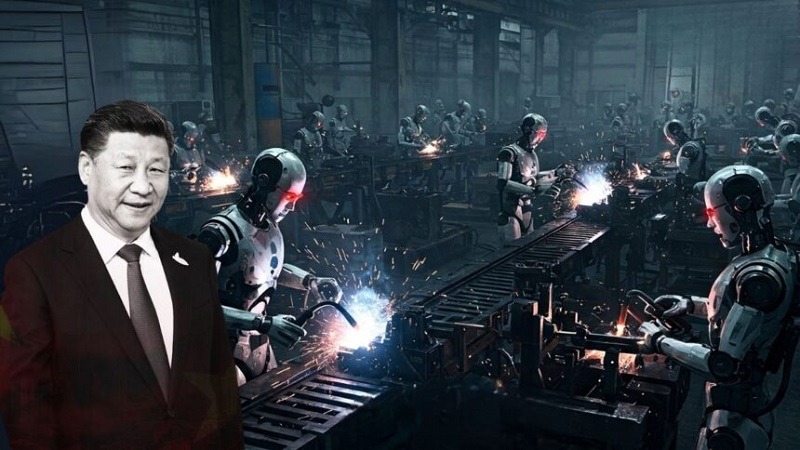China is entering a new era of industrial automation with the rise of “dark factories”—fully robotic manufacturing plants that require no human workers or lighting. Driven by artificial intelligence (AI), robotics, and advanced sensors, these facilities mark a major shift in China’s global manufacturing leadership.
What Are Dark Factories?
Dark factories are automated production sites where machines handle all tasks, including assembly, inspection, and logistics. Without human presence, they eliminate the need for lighting, heating, or break times, cutting costs and boosting efficiency. While still rare globally, China is advancing rapidly in this area, signaling a future where automation dominates production.
According to the International Federation of Robotics (IFR), China installed 290,367 industrial robots in 2022—52% of the world’s total. This far surpasses the U.S. and Japan combined, underscoring China’s commitment to automation.
Government-Driven Transformation
The push for dark factories aligns with China’s “Made in China 2025” strategy, an initiative launched to make the country a leader in high-tech manufacturing. With heavy government investment in AI, robotics, and smart factory infrastructure, China’s robot density reached 392 per 10,000 workers in 2023—well above the global average of 141.
Major companies are leading the charge:
- Foxconn: Replaced 60,000 workers with robots in a Kunshan plant (2016) and plans to automate 30% of its operations by 2025.
- BYD: Uses robotic systems for electric vehicle battery and chassis assembly in Shenzhen and Xi’an factories.
The Energy and Environmental Impact
Some factories in China are piloting “lights-out” production, relying on infrared sensors, LIDAR, and machine vision. The International Energy Agency (IEA) estimates such automation could lower industrial energy use by 15-20%. In 2022, China’s National Bureau of Statistics reported a 1.7% drop in industrial energy consumption, partially due to increased automation. This aligns with China’s 2060 carbon neutrality goal.
However, while automation reduces operational emissions, manufacturing robots and AI systems come with their own environmental costs. The sustainability balance remains a critical issue.
Job Losses and Social Challenges
The rise of dark factories presents a major challenge: mass job displacement. Manufacturing employs over 100 million people in China, and automation threatens millions of jobs. A 2017 Oxford Economics report projected that 12 million Chinese manufacturing jobs could disappear by 2030.
Concerns are already surfacing:
- A 2023 Guangdong strike, reported by China Labour Bulletin, highlighted workers’ fears of robotic replacements.
- If retraining programs fail to keep up, widespread social unrest could follow.
Global Competition in Automation
China’s automation push intensifies global competition. Other major economies are ramping up their efforts:
- U.S. (2022 Robot Density): 274 per 10,000 workers
- Germany (2022 Robot Density): 415 per 10,000 workers
- China (2023 Robot Density): 392 per 10,000 workers
China’s state-backed investments, such as the $1.4 billion spent on robotics R&D in 2023 (reported by Bloomberg), give it a strong edge over competitors.
The Future of Dark Factories
As of March 2025, dark factories in China are largely in pilot phases, particularly in high-tech industries like electronics and electric vehicles. These fully automated plants operate 24/7, using AI-driven precision to manufacture goods without human intervention.
Whether dark factories will become the global standard or create new economic and social divides depends on how China and the world manage this automation revolution. Efficiency gains are undeniable, but balancing innovation with workforce adaptation remains a pressing challenge.






